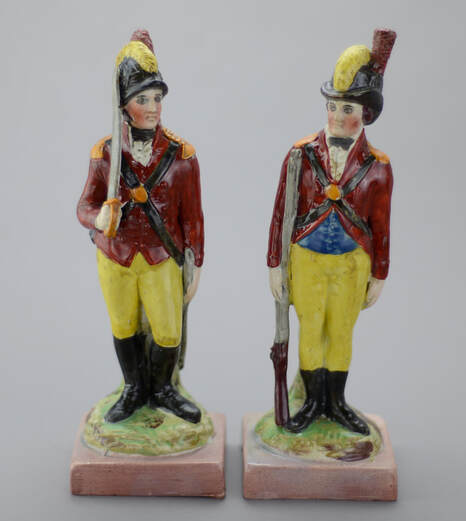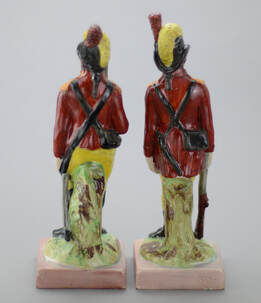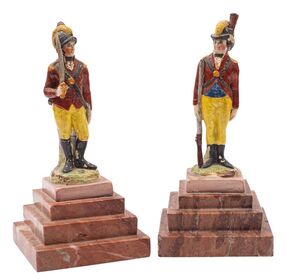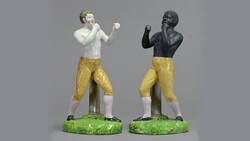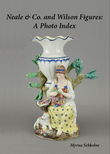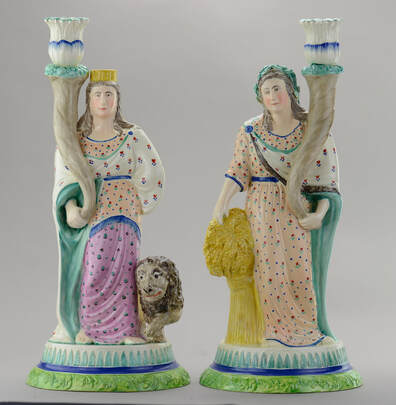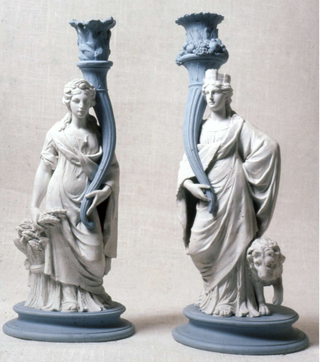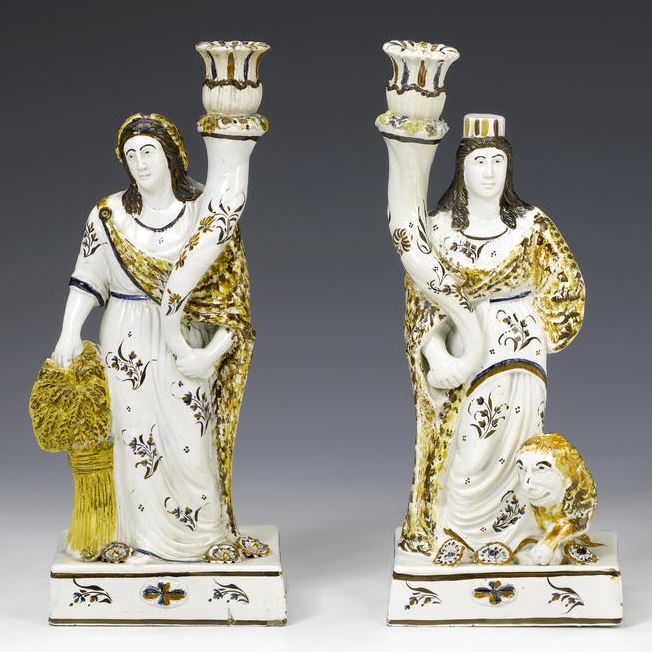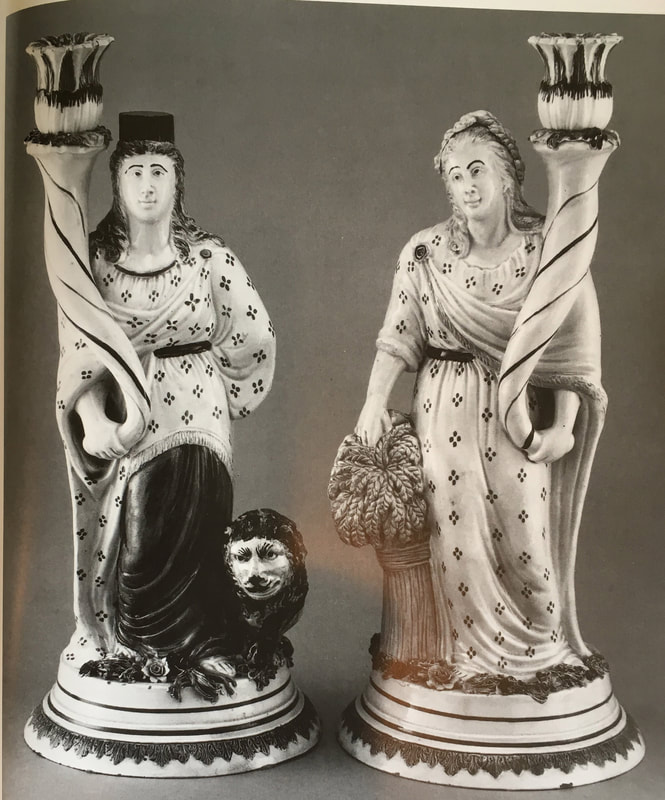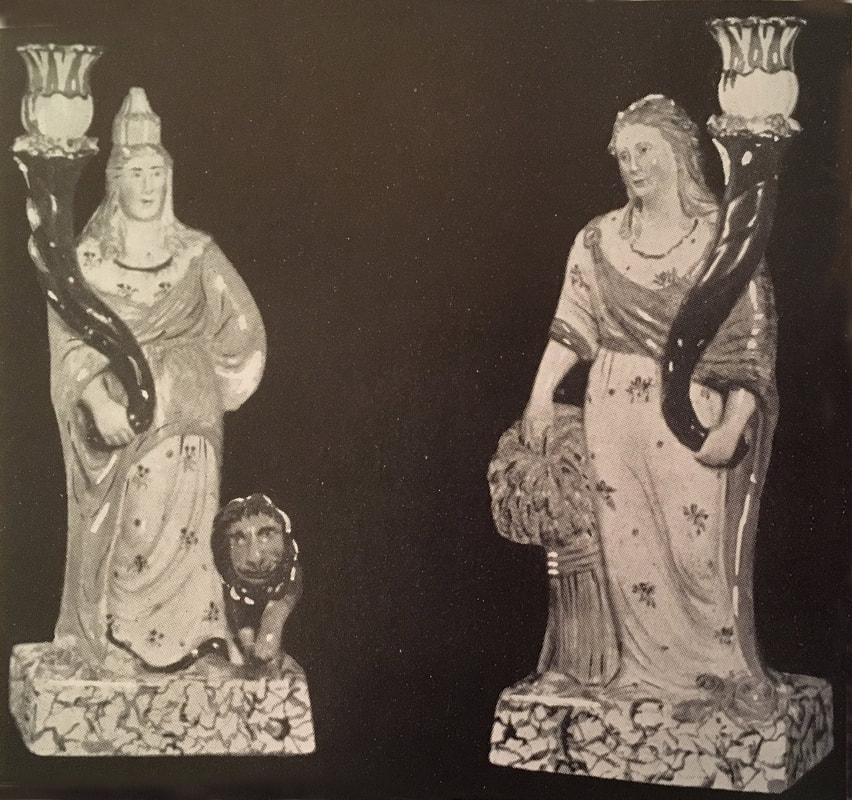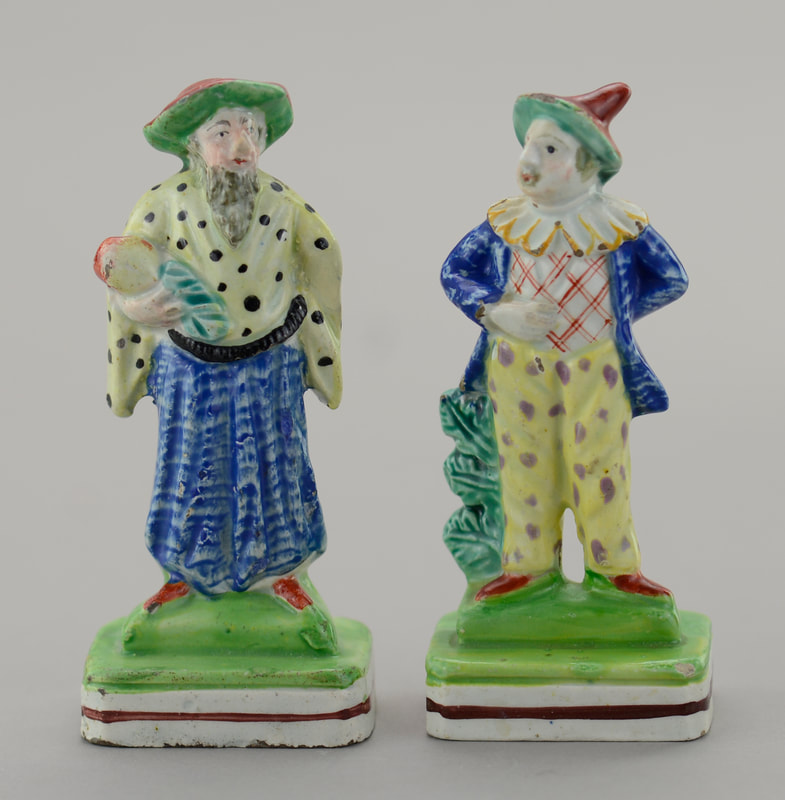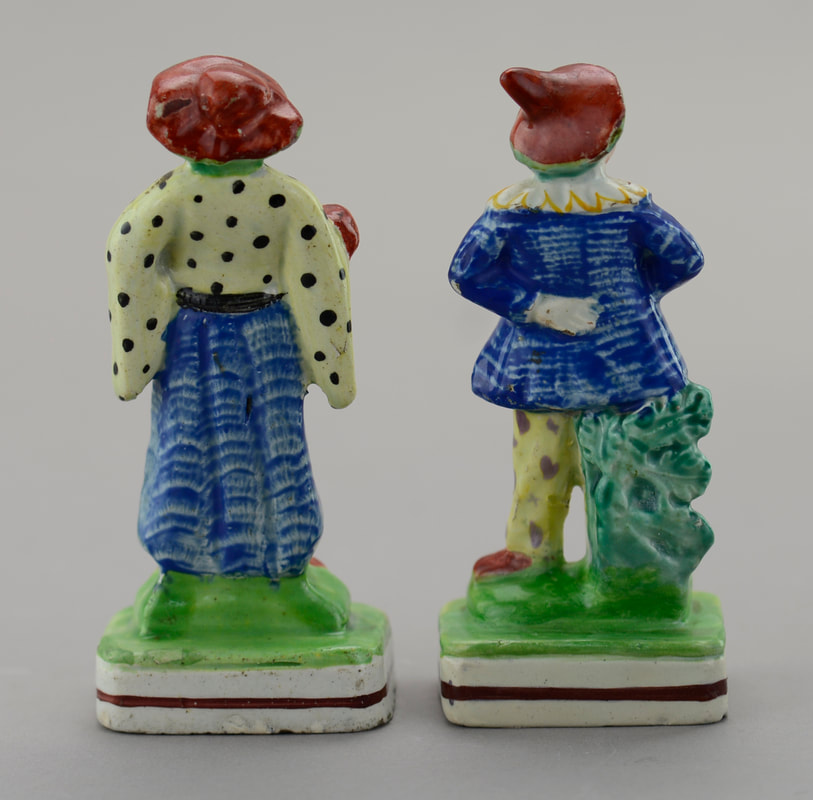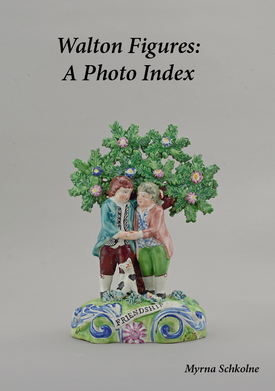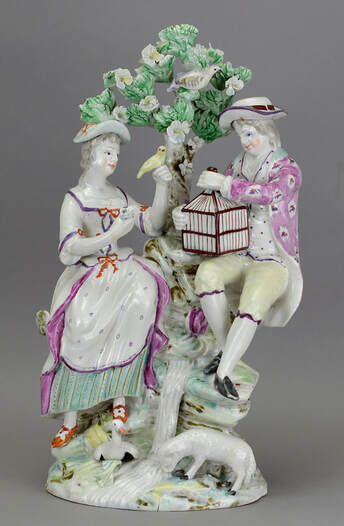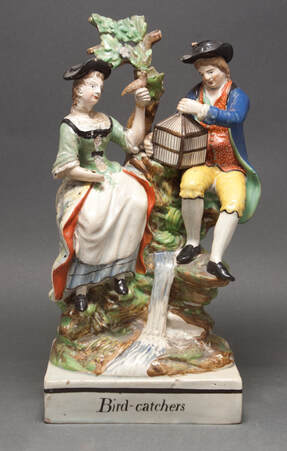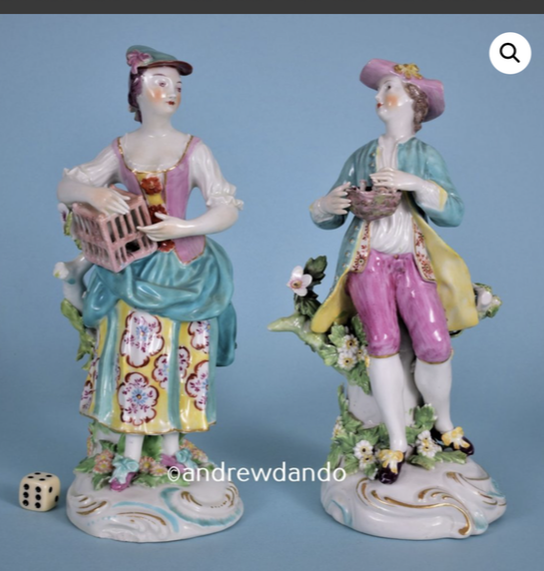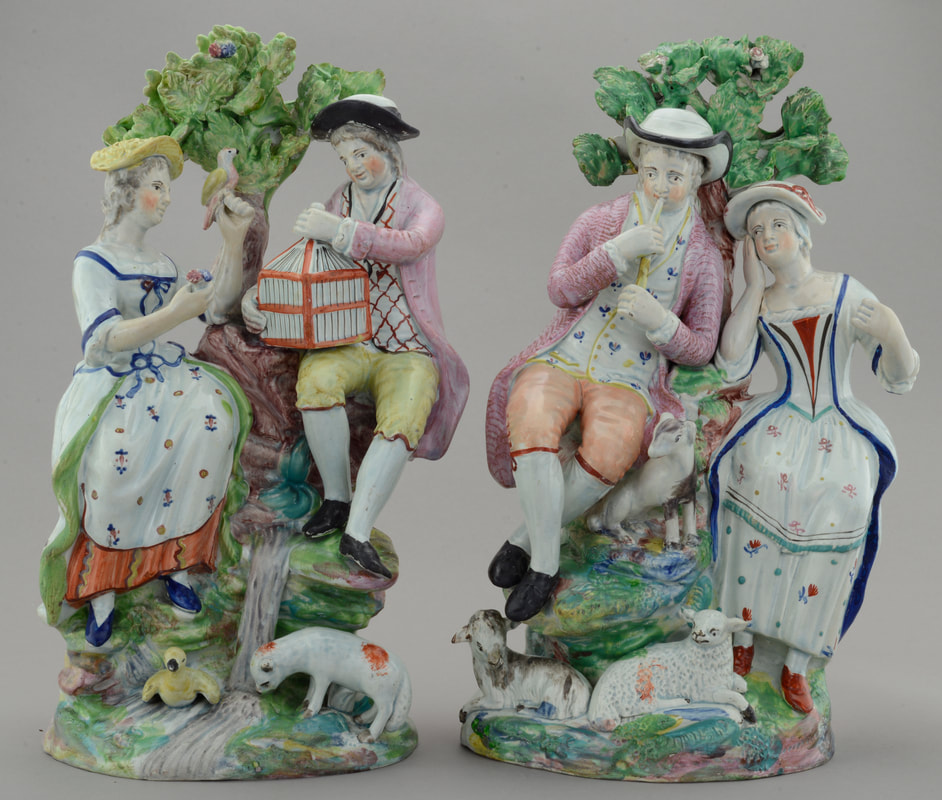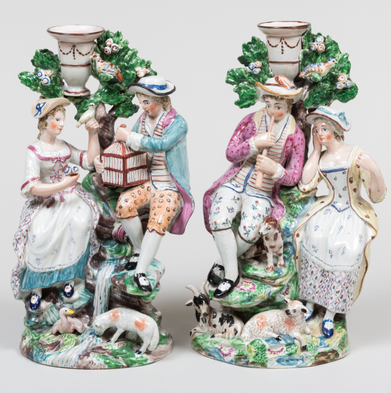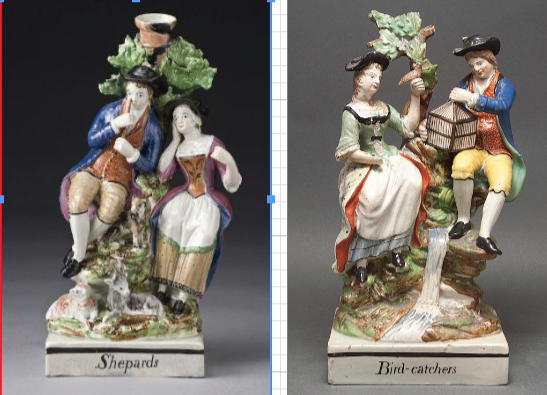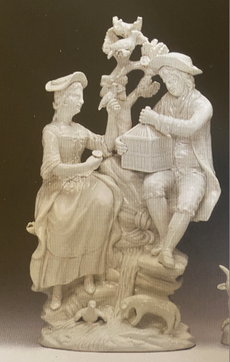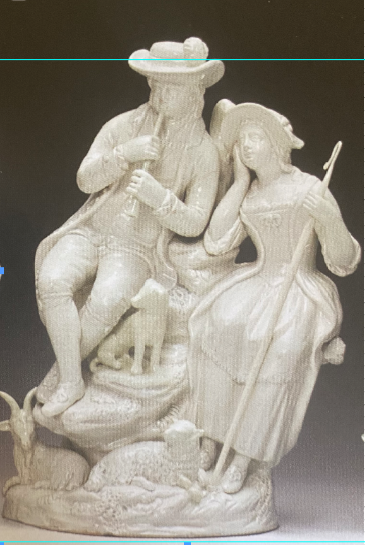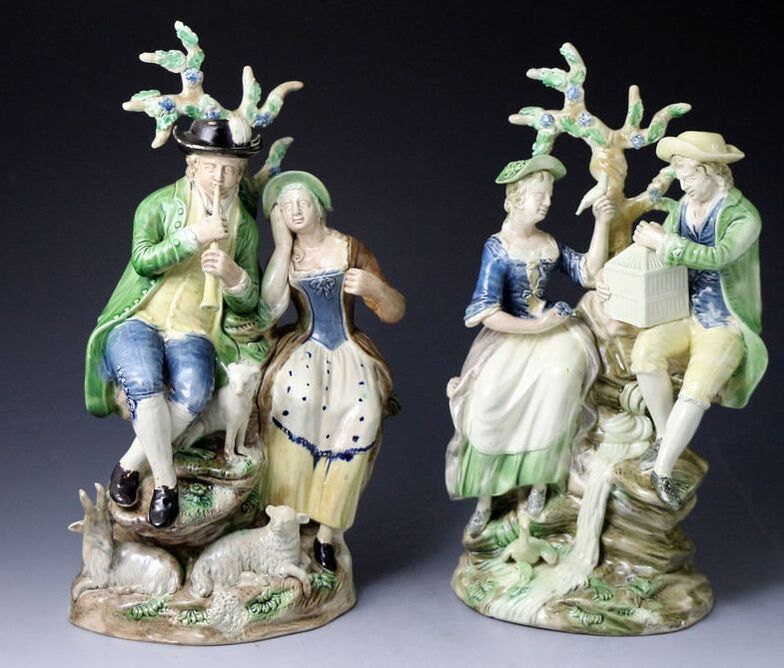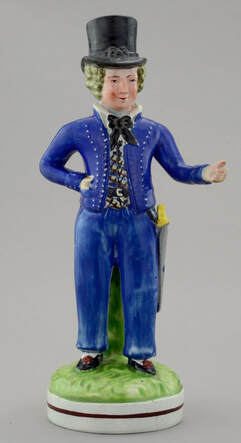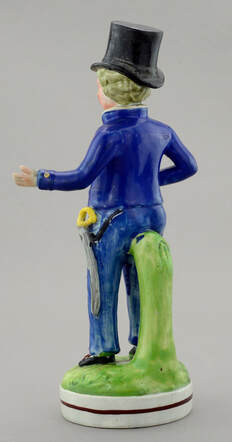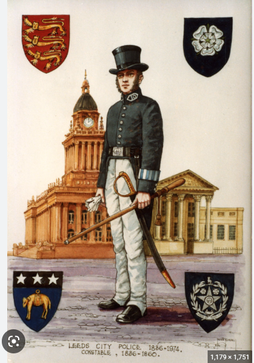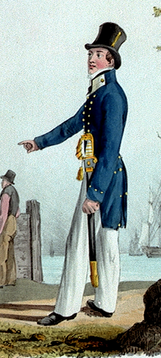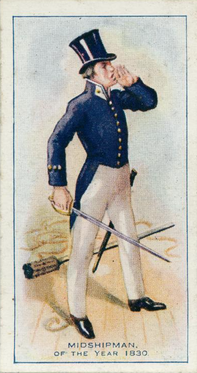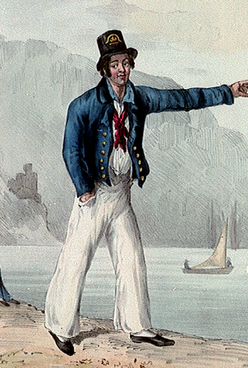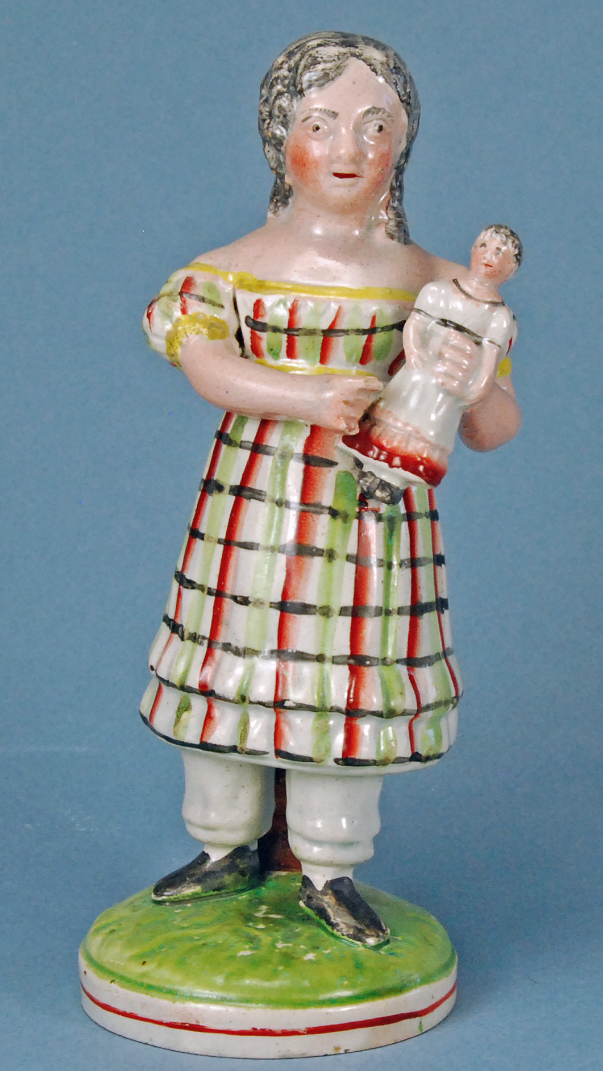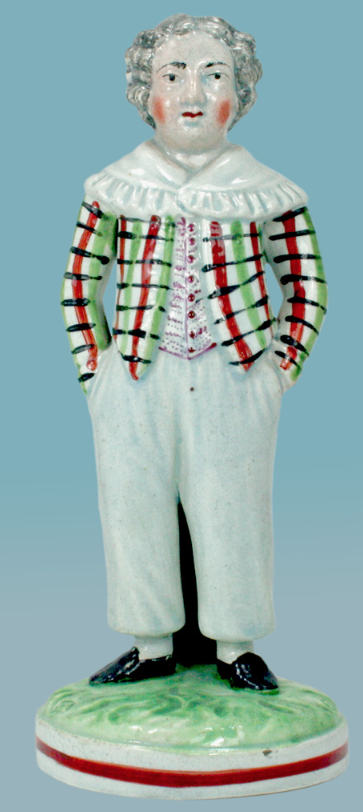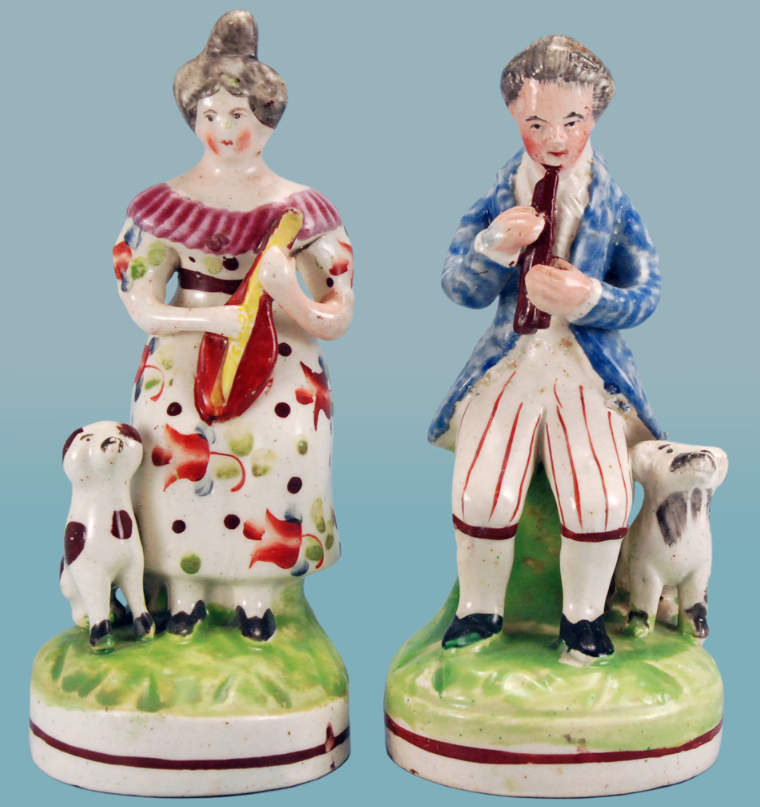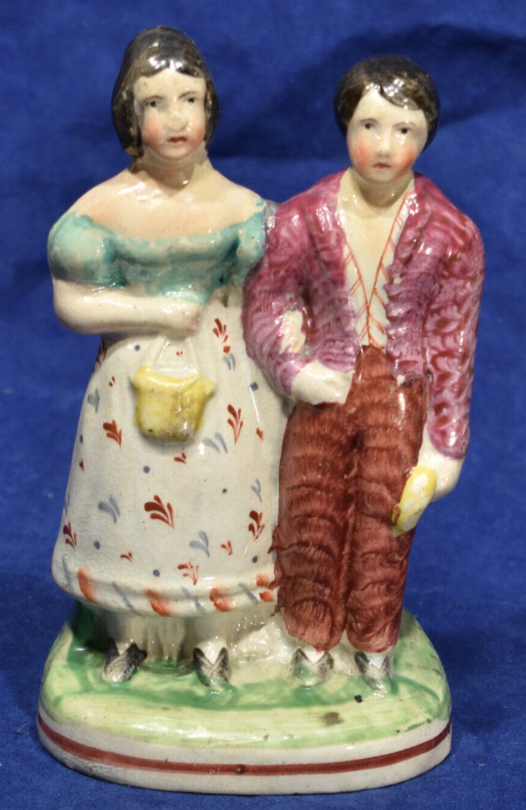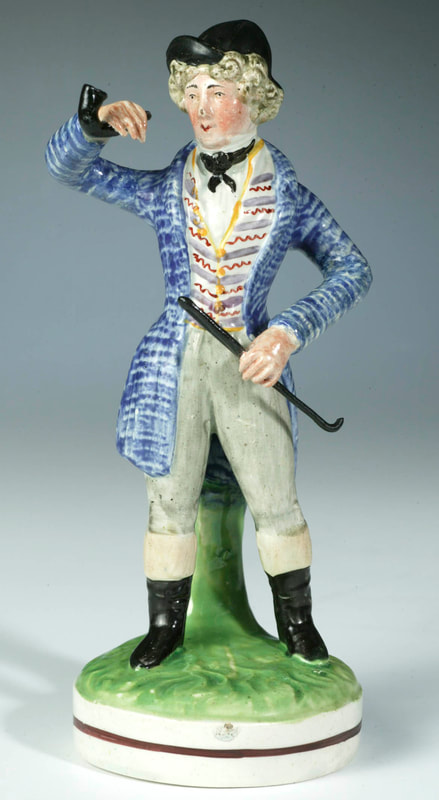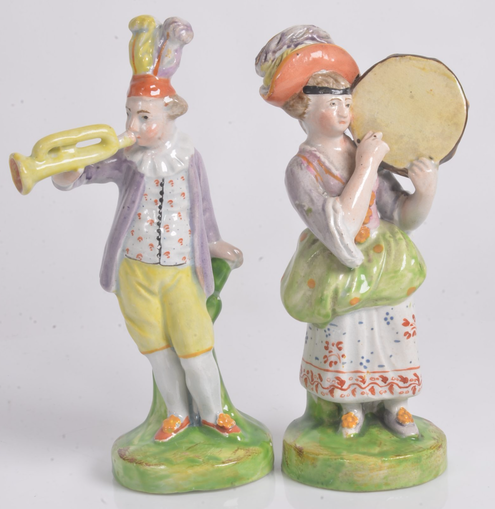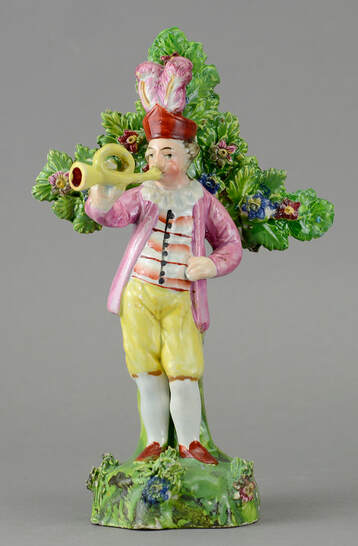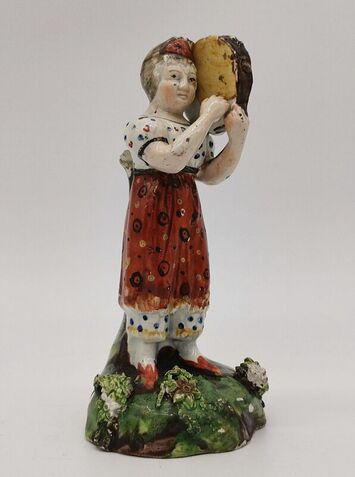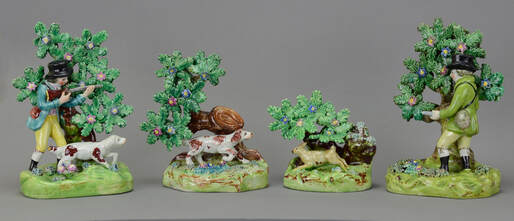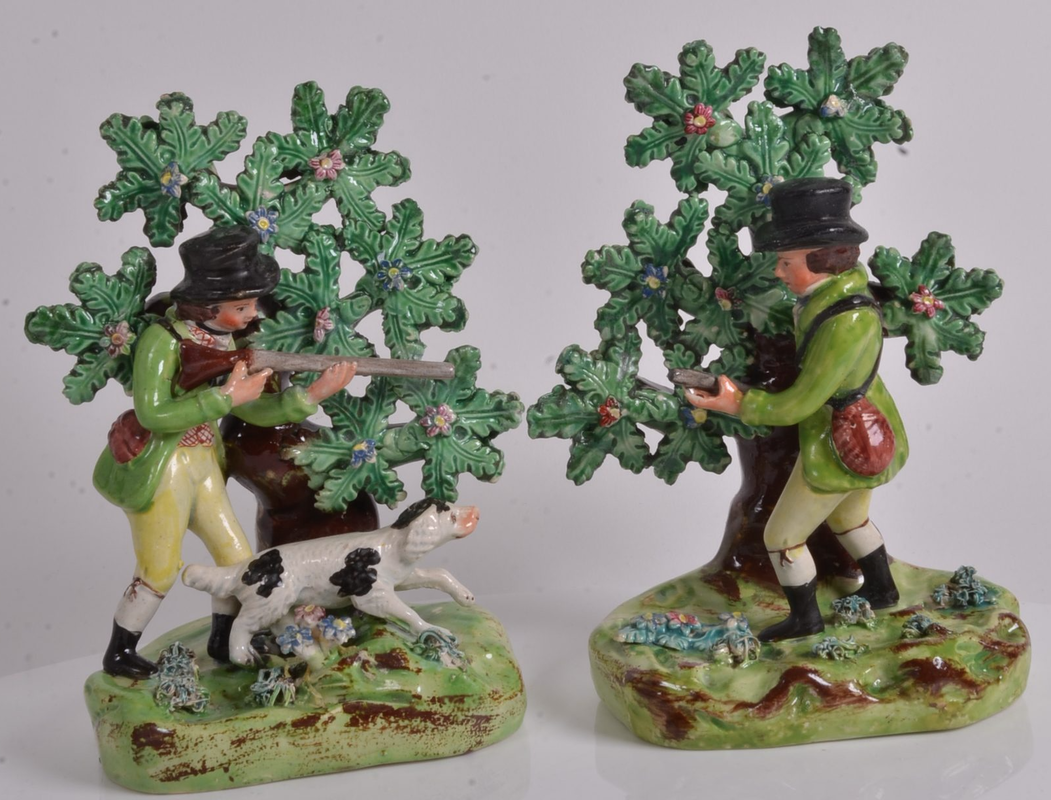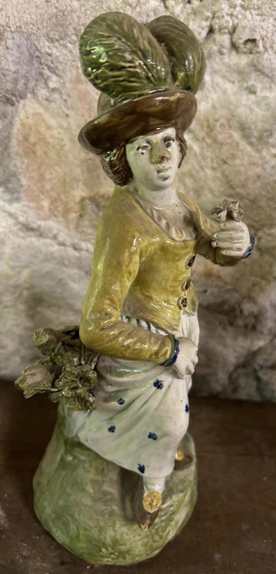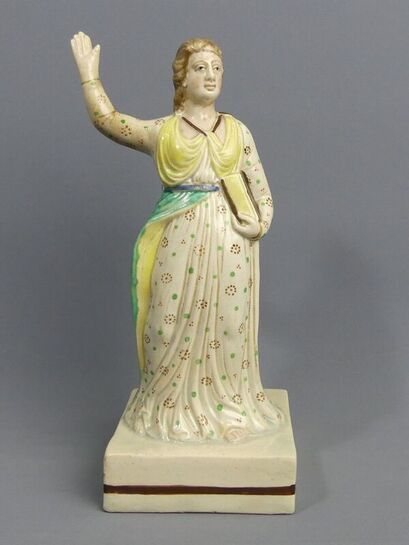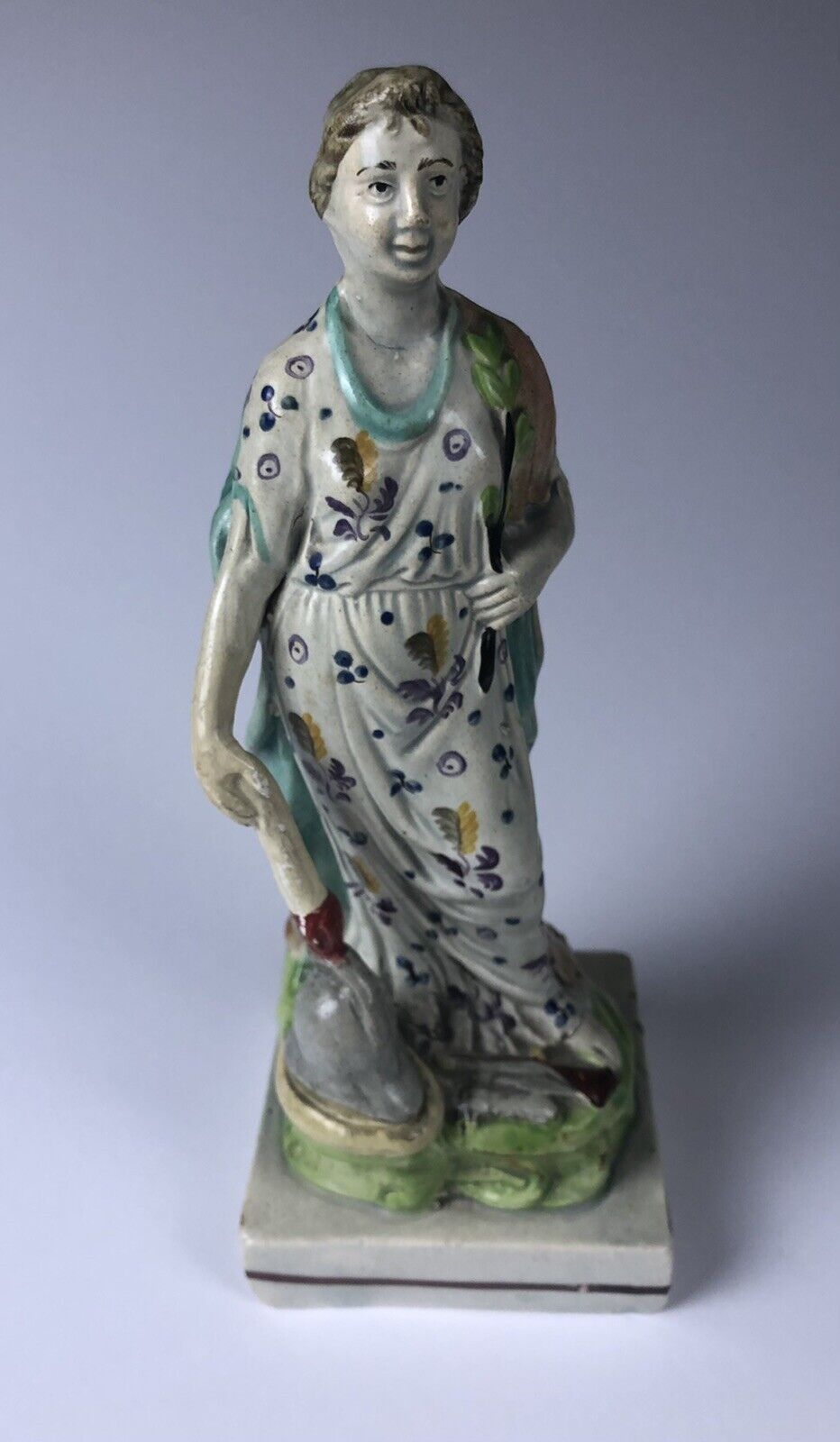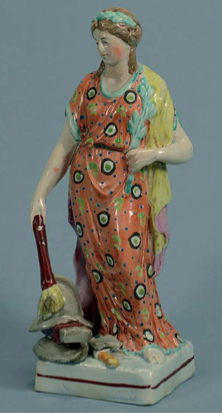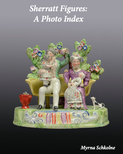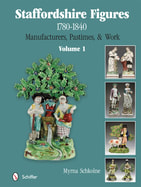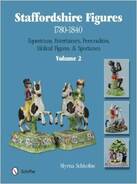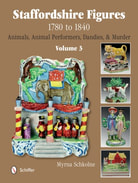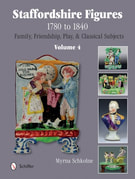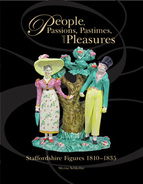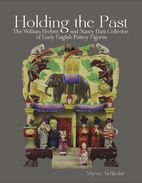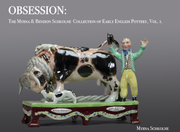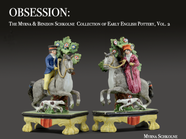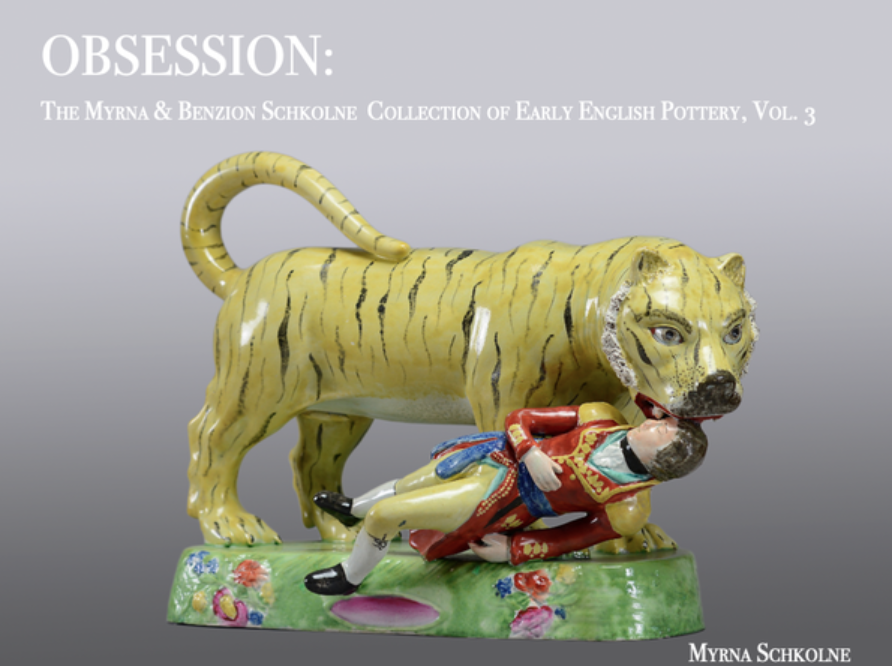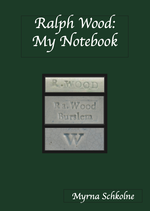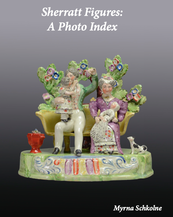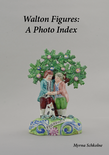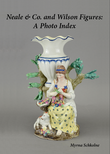- As you see, both soldiers seemed firmly attached to marble plinths of a sort, and I feared separating them (not always a simple task) might harm them.
- And what of the condition of figures? Without their plinths, they stand tall on relatively small bases, so quite possibly at some point they had been knocked over and broken into multiple pieces. Perhaps a restorer had patched them up and mounted them on those monumental bases to prevent that recurring. In an ideal world, the auction houses condition report would have clarified this. Buyers pay a premium that can exceed 30% of the hammer price, but, sad to say, condition reports typically come with a disclaimer and the vast majority are unreliable. If I were to bid, I would be buying blind, and I hate making mistakes. I don’t live with them easily!
- If I won at auction, I would then have to arrange overseas payment as well as collection and packing— most shippers that pack for auction houses are extortionate and seem to delight in packing the smallest object in the hugest box to boost the shipping cost. Also, some seem to think they are doing me a favor, and it can take weeks and multiple emails and calls to get my parcel on its way.
- And after the soldiers arrived, I would have to send them, plinths and all, off to a restorer. At that point, I would have full knowledge of all their problems, and my heart might not be singing at the thought of sinking yet more money into what might ultimately be patched up, once-fragmented figures.
With all that in mind, the thought of waking up in the middle of the night to bid on a UK auction seemed sheer stupidity. I left the soldiers for someone else.
Some things are meant to be, and I was over the moon at acquiring these plucky men from John. His restorer had been able to remove them from their plinths uneventfully, and apparently those heavy structures had saved the figures from being toppled and smashed. To top it, they arrived on my doorstep with warp speed, and I opened the box with anticipatory delight rather than dread! Thank you, John Howard!!
